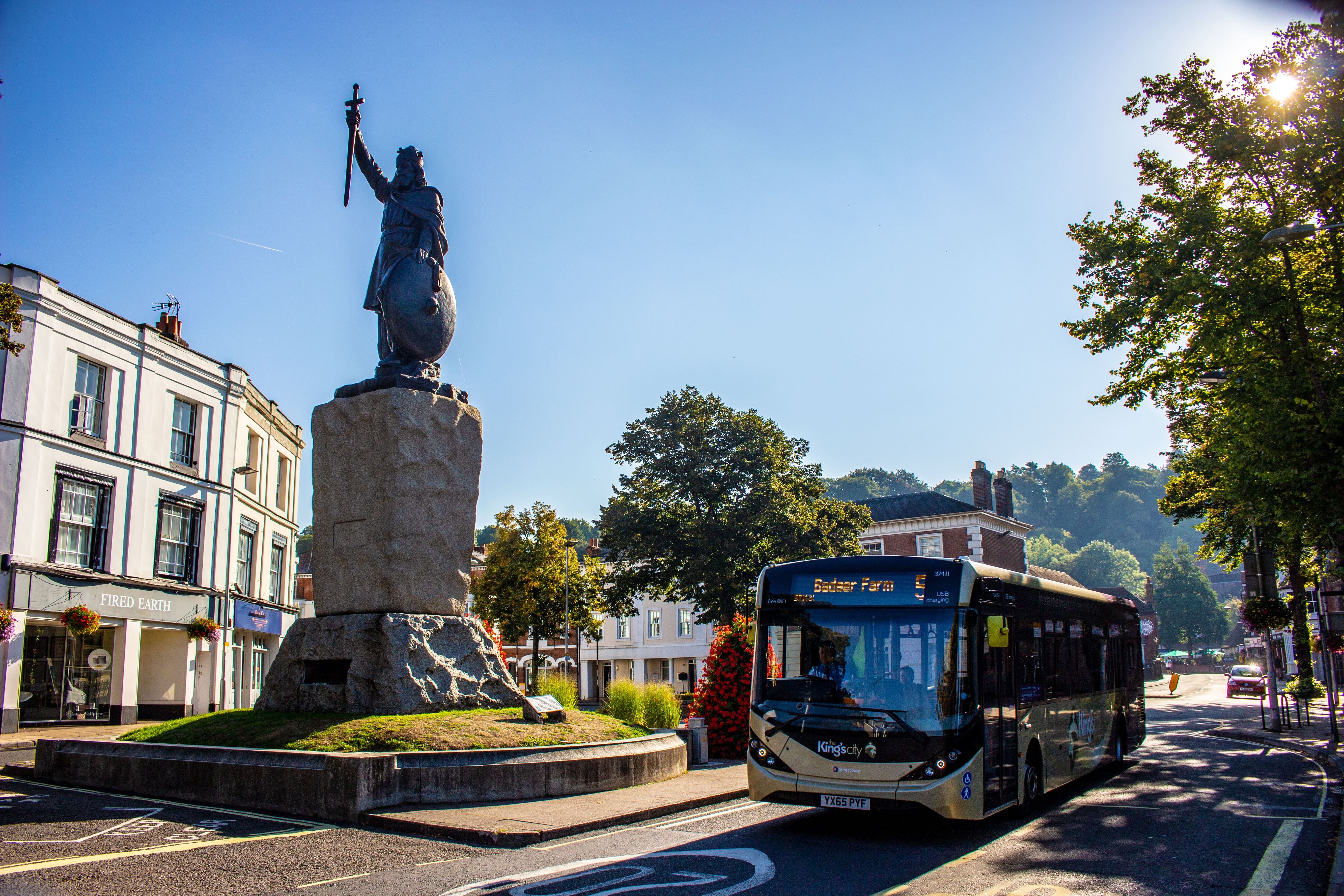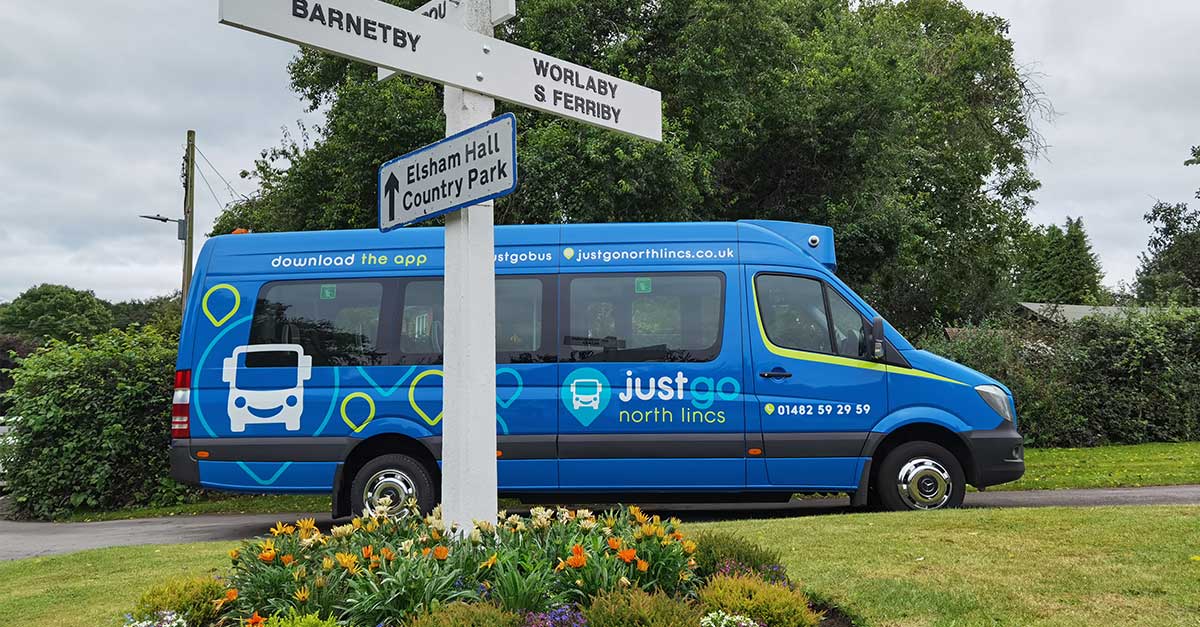A shift away from Public Transport towards private car ownership has been happening for quite some time now. In 2019, 68% of commuters in the UK travelled to work by car, with only 7% electing to take the bus (UK Department for Transport, 2020). And this number only continues to increase as a result of the COVID-19 pandemic, with many now either working from home or choosing private car as their main mode of transport due to health and safety concerns.
There is a great concern that, at the onset of the general public’s full return to work, there will be an unmanageable number of cars on our roads, causing congestion and increasing carbon emissions.
What is the Bus Service Improvement Plan (BSIP)?
A Bus Service Improvement Plan enables Local Transport Authorities (LTAs) and Bus Operators to maximise their services. It involves a re-evaluation of their current servicing model in terms of capacity and coverage, optimising their transit offering to facilitate more trips.

A plan such as this often involves a move towards emerging transit models, such as Demand-Responsive Transport (DRT). This model relies on an advanced algorithm to route and schedule trips, allowing easy and seamless transport for both the passenger and the Bus Operator.
How does BSIP relate to the Bus Back Better Strategy?
Implementing a Bus Service Improvement Plan would encourage more people to opt for Public Transport use, and contribute towards the UK government’s Bus Back Better Strategy. This strategy focuses on making buses “more frequent, more reliable, easier to understand and use, better coordinated and cheaper.” (UK Department for Transport, 2021)
The Bus Back Better Strategy aims to improve passenger patronage, ultimately placing this mode of transport at the forefront of transit, and reducing the amount of private cars on our roads. And it requires a strong partnership between councils and transport authorities to be successful.
A Bus Service Improvement Plan enables Local Transport Authorities (LTAs) and Bus Operators to maximise their services. It involves a re-evaluation of their current servicing model in terms of capacity and coverage, optimising their transit offering to facilitate more trips.
Examples of successful BSIPs in the UK
Brighton & Hove
Brighton and Hove City Council, England, collaborated with local transport authorities to increase patronage through advanced technologies and changes to operations. The council’s role in the partnership focused on bus priority measures, improved passenger waiting areas and real-time information displays, while the transport authorities explored increasing service frequencies, improving customer training and marketing, and financial aspects such as investing in new buses and creating value for money tickets (UK Department for Transport, 2021).
Through these efforts, this area of England now has the highest bus use per head in the country (outside of London), with 167 journeys per person made between 2019–2020. Brighton and Hove City Council and the local transport authorities have also contributed towards greening fleets and modernising the passenger experience through their partnership.
West Midlands
In West Midlands, England, transport authorities and the local government used revenue and capital subsidies to implement a series of corridor and route enhancement schemes. These included:-
- Investing £4.5m to add 2.5km of bus lanes on B425 Lode Lane, Solihull, which boosted patronage by 11%
- Implementing £800k of route enhancements on Harborne Road, delivering a 4% rise in patronage (UK Department for Transport, 2021).
How does DRT help build patronage?
The purpose of Bus Service Improvement Plans is to increase patronage, and Demand-Responsive Transport (DRT) has the potential to help meet this goal. With its flexible and technology-based service model, DRT can provide a host of benefits to commuters and transport authorities alike.
This model has the potential to alleviate some of the pain points associated with traditional Public Transport use. By booking a trip in advance, commuters are guaranteed trips and no longer have to run the risk of buses not journeying to their stops.

Demand-Responsive Transport also enables better coverage in underserved areas. This means that, rather than travelling on a fixed route, a bus can travel to necessary stops in a wider area. And through an advanced algorithm, the routing and scheduling is automatically calculated for the Operator and the Driver, making the journey all the more efficient.
There are many models that exist within Demand-Responsive Transport, such as microtransit, that have the potential to integrate with fixed-route buses to improve patronage in remote or rural areas. This was proven in the cases of JustGo North Lincs and MyMobigo, whereby shuttles were utilised as connections to the existing Public Transport network. The shuttles helped to maximise coverage and provide a flexible and affordable way to connect local communities to essential services.
By providing more efficient and reliable services through DRT, commuters will be more encouraged to utilise Public Transport options, such as buses, as their primary means of transit.
How can Liftango help achieve great results with BSIPs?
Liftango offers a number of services that can help see the successful implementation of a Bus Service Improvement Plan.
We provide TransitScans that help identify opportunity areas for Demand-Responsive Transport to be utilised. These scans also enable clients to determine where and how DRT can truly help. You can see examples of these scans in the cases of JustGo North Lincs and New York City’s MTA.
Through integrating fixed-route services with DRT, you can maximise the performance of your transport network. We’re here to help ensure you get the best results from your BSIP.
Book a session with us today and discover how you can implement a successful Bus Service Improvement Plan.
%20(1).jpg)
